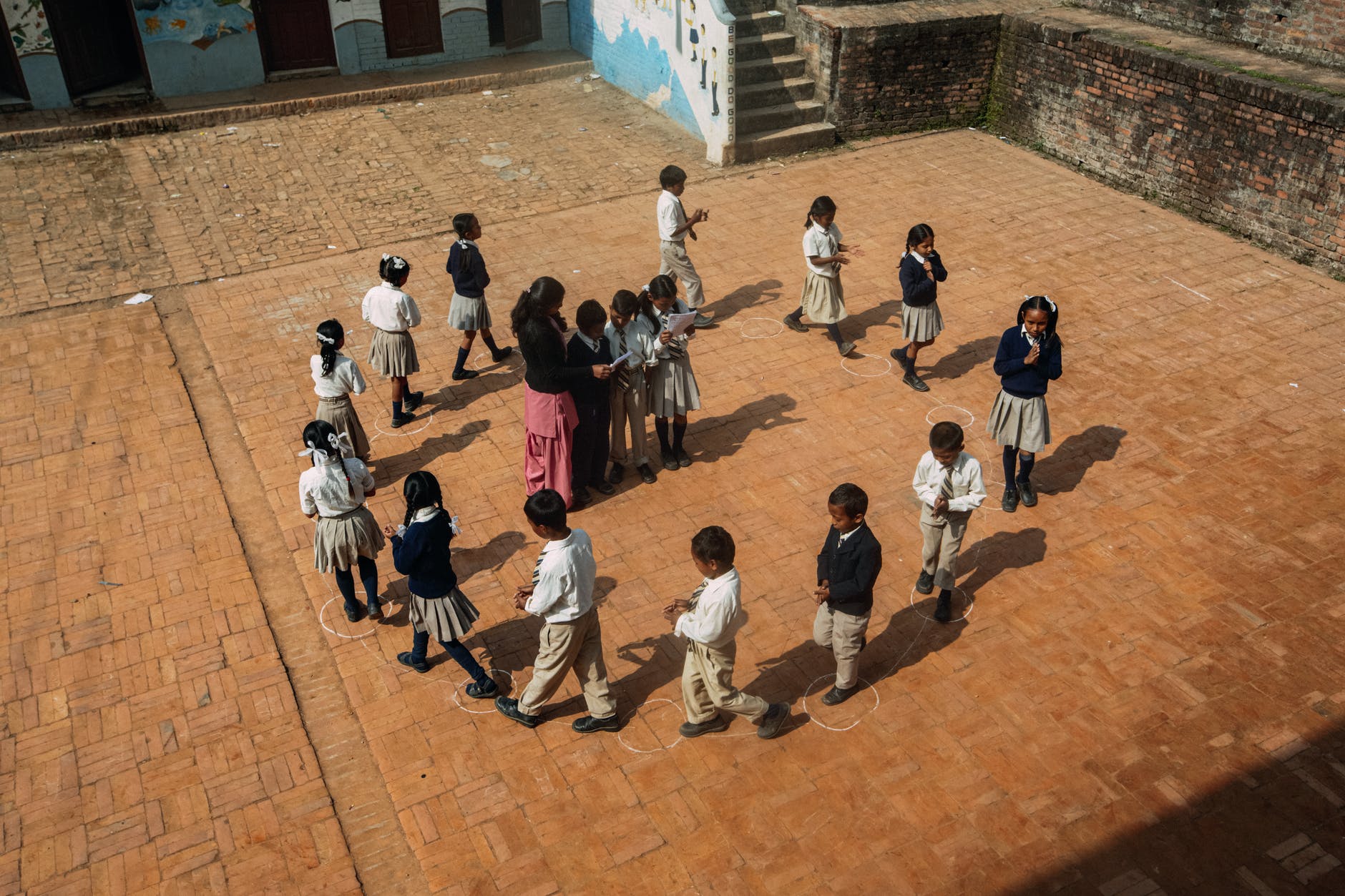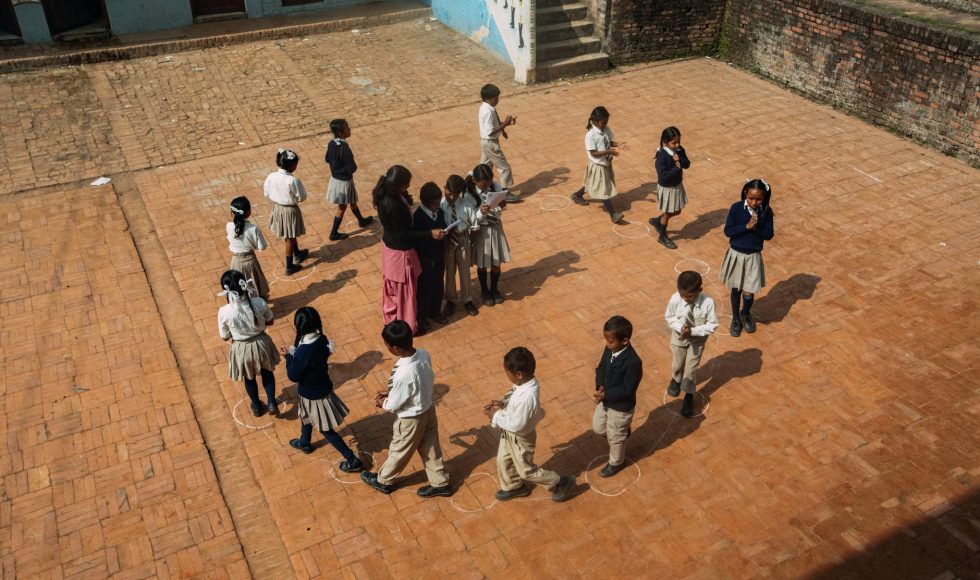We enjoyed Thanksgiving with the grandparents and had a lot to eat. Aurelio and I also were able to take nap after a delicious lunch. Tonight, we continued watching Open Ed 2021 sessions. We started by watching the short session entitled “Conducting an Environmental Scan to Identify OER Needs at an Institution of Higher Learning” by Angela Chikowero from the University of California, Santa Barbara. Chikowero is a research and engagement librarian. The UC Santa Barbara campus is affiliated with the UC System with ten campuses. The UCSB has two libraries for over 26,000 undergraduates and close to 3,000 graduate students on a quarter system. The environmental scan that Chikowero did was part of the SPARC Open Education Leadership Program. The key questions were: are faculty using OER, are students aware of their existence, and would they advocate for their usage? Chikowero shared links to the survey instrument and consulted literature before starting. Results Chikowero shared were that 48.9% of faculty were not aware of OER but interested, 61.7% were not using and interested in learning more. Interestingly, 85.1% of faculty would consider adopting, and those who didn’t mentioned time and the existence of low-cost resources already. Students surveyed also reported not being familiar with OER (80%) while also citing textbook costs as reasons for searching for specific courses (37.8%). Forty-four percent of students reported that they would talk to professors and fellow students about OER. Chikowero used the survey results to make ten recommendations. Recommendations included reaching out to faculty, establishing an OER Committee, incentivizing faculty to adopt OER, and to consider an Open Education Policy to guide the initiatives on the campus. Chikowero also welcomed questions and connecting with those interested in conducting surveys on their campus. This could be of interest to RLOE participants.
The second session we watched was entitled “Transitioning A Faculty Development Model Into Teaching Practice” and presented by Karen Pikula from Minnesota State and Nick Heisserer from Central Lakes College. They have worked together to combine practices used with faculty with students. Pikula developed a Learning Circle model they have scaled from campus to institutional level. The OER Faculty Development Learning Circles Pikula developed to have several paths that include cross-disciplinary ten-week and five-week sessions. Faculty are expected to engage at least once per week and receive a stipend. Heisserer explained that at the beginning of the experience they created an individualized plan and think deeply about their learning and project. Heisserer created an open pedagogy resource for a course. Students had to complete a chapter test designed by previous students to check for comprehension, post on forums, and complete a project. At the beginning of the course, they had an assignment to create a work plan for the project they would complete. Heisserer used a rubric that had several criteria and also provided students with options. Students produced valuable resources that could be used in future offerings and, as Heisserer mentioned, emphasized that we are all learners and can learn. That’s what I really like about these assignments. I also took away from their presentation the importance of the communities and learning circles to get started. The NC State University Libraries Open Incubator got me started by providing a support network and helping brainstorm. Importantly, the group also shared and reflected… which in turn led to some more confidence to try new things. Also, I want to try what Heisserer did to have student-created knowledge checks. These two lightning ten-minute talks were short and provided great ideas.



